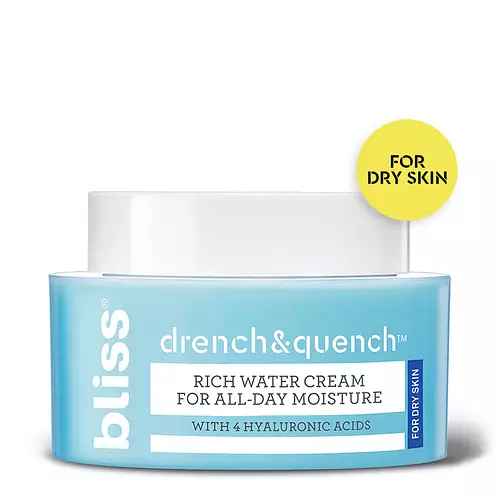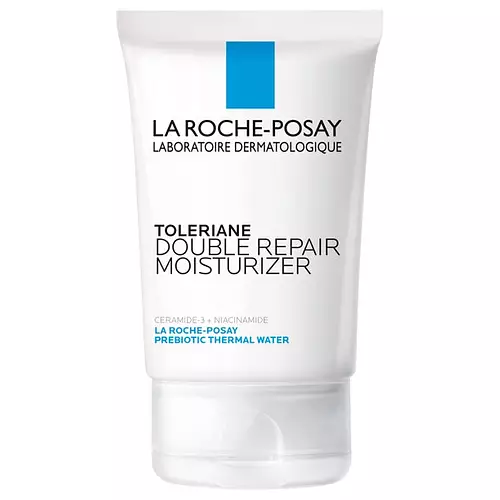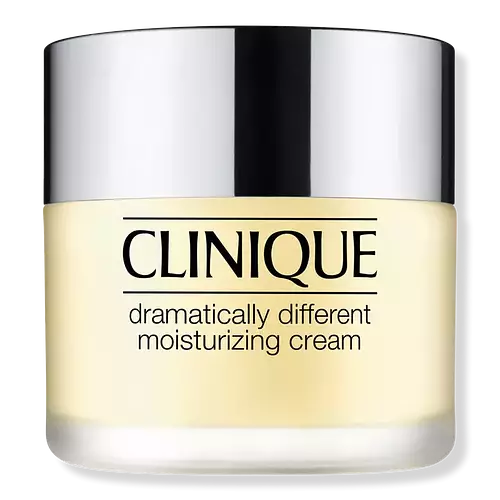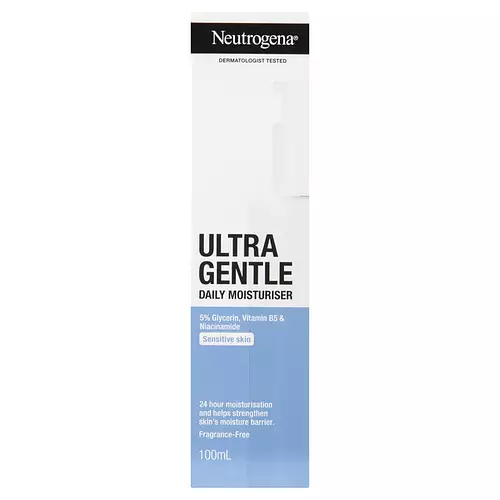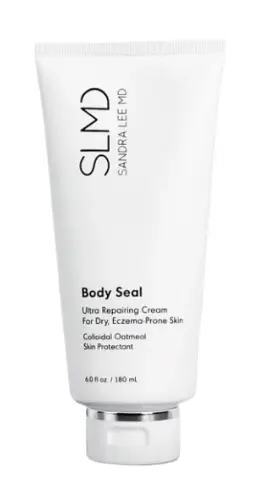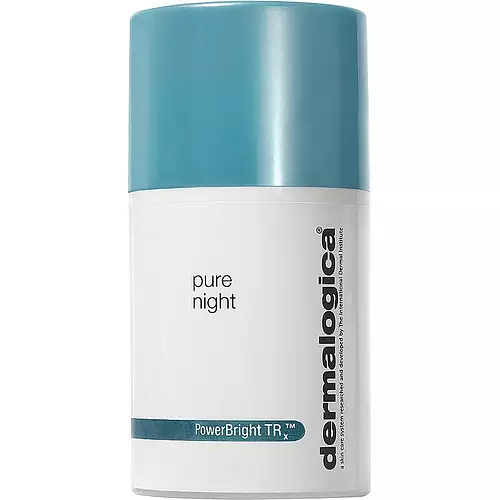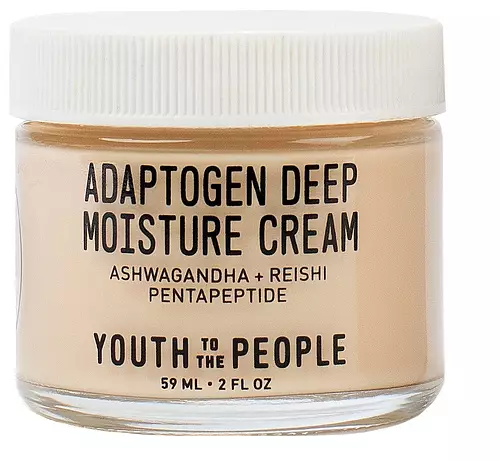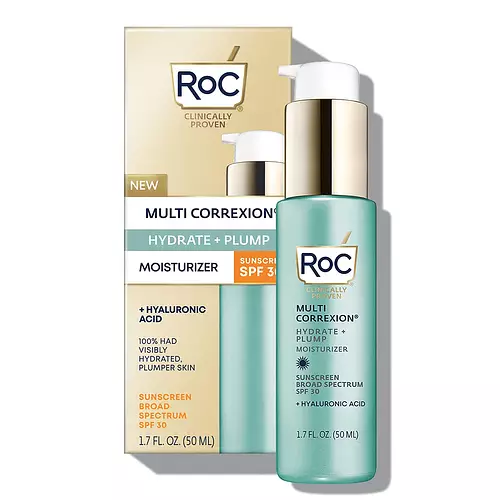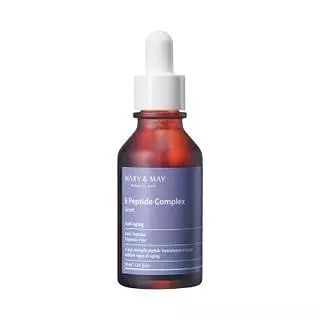Updated on April 09, 2024
Overview
What they are
These products are both reef safe . They have a total of 3 ingredients in common
Cool Features
They both contain ceramides and exfoliants
Suited For
They're both likely to be good for anti aging, dry skin, brightening skin, sensitive skin and dark spots
Free From
They both do not contain any parabens or sulfates
What's Inside
They both contain silicones
We independently verify ingredients, and our claims are backed by peer-reviewed research. Spot a product that needs an update? Let us know.
Ingredient Info
Bliss Drench & Quench For Dry Skin Rich Water Cream For All-Day Moisture 43 ingredients
La Roche-Posay Toleriane Double Repair Face Moisturizer 18 ingredients
At a glance
Click on any of the items below to learn more
Bliss Drench & Quench For Dry Skin Rich Water Cream For All-Day Moisture 43 ingredients
La Roche-Posay Toleriane Double Repair Face Moisturizer 18 ingredients
Notable Ingredients
This product contains 1 ingredient that may have this attribute:
This product contains 1 ingredient that may have this attribute:
This product contains 1 ingredient that may have this attribute:
This product contains 1 ingredient that may have this attribute:
This product contains 3 ingredients that may have this attribute:
Benefits
This product contains 4 ingredients that may have this attribute:
This product contains 3 ingredients that may have this attribute:
This product contains 2 ingredients that may have this attribute:
This product contains 1 ingredient that may have this attribute:
This product contains 3 ingredients that may have this attribute:
This product contains 1 ingredient that may have this attribute:
This product contains 1 ingredient that may have this attribute:
This product contains 2 ingredients that may have this attribute:
Concerns
This product contains 1 ingredient that may have this attribute:
This product contains 1 ingredient that may have this attribute:
This product contains 3 ingredients that may have this attribute:
This product contains 3 ingredients that may have this attribute:
Notable Ingredients
This product contains 1 ingredient that may have this attribute:
This product contains 1 ingredient that may have this attribute:
This product contains 1 ingredient that may have this attribute:
Benefits
This product contains 3 ingredients that may have this attribute:
This product contains 1 ingredient that may have this attribute:
This product contains 2 ingredients that may have this attribute:
This product contains 1 ingredient that may have this attribute:
This product contains 1 ingredient that may have this attribute:
This product contains 1 ingredient that may have this attribute:
This product contains 1 ingredient that may have this attribute:
This product contains 1 ingredient that may have this attribute:
This product contains 2 ingredients that may have this attribute:
Concerns
This product contains 3 ingredients that may have this attribute:
This product contains 2 ingredients that may have this attribute:
Ingredients Side-by-side
Ingredients Explained
These ingredients are found in both products.
Ingredients higher up in an ingredient list are typically present in a larger amount.
Water. It's the most common cosmetic ingredient of all. You'll usually see it at the top of ingredient lists, meaning that it makes up the largest part of the product.
So why is it so popular? Water most often acts as a solvent - this means that it helps dissolve other ingredients into the formulation.
You'll also recognize water as that liquid we all need to stay alive. If you see this, drink a glass of water. Stay hydrated!
Learn more about WaterGlycerin is already naturally found in your skin. It helps moisturize and protect your skin.
A study from 2016 found glycerin to be more effective as a humectant than AHAs and hyaluronic acid.
As a humectant, it helps the skin stay hydrated by pulling moisture to your skin. The low molecular weight of glycerin allows it to pull moisture into the deeper layers of your skin.
Hydrated skin improves your skin barrier; Your skin barrier helps protect against irritants and bacteria.
Glycerin has also been found to have antimicrobial and antiviral properties. Due to these properties, glycerin is often used in wound and burn treatments.
In cosmetics, glycerin is usually derived from plants such as soybean or palm. However, it can also be sourced from animals, such as tallow or animal fat.
This ingredient is organic, colorless, odorless, and non-toxic.
Glycerin is the name for this ingredient in American English. British English uses Glycerol/Glycerine.
Learn more about GlycerinDimethicone is a silicone used for making products smooth and silky. It also has the added benefit of sealing in hydration. The amount of dimethicone found in beauty products is considered safe and non-comedogenic, meaning it won't clog pores.
Dimethicone has been found increase absorption in skin, boosting the benefits of other ingredients. While there is concern for the safety of dimethicone, the levels used in skincare are safe for use.
Ingredient Ratings
Here's what our community thinks of the ingredients in these two products.
When to use
Bliss Drench & Quench For Dry Skin Rich Water Cream For All-Day Moisture 43 ingredients
La Roche-Posay Toleriane Double Repair Face Moisturizer 18 ingredients

Reviews
Here's what our community thinks
Bliss Drench & Quench For Dry Skin Rich Water Cream For All-Day Moisture 43 ingredients
La Roche-Posay Toleriane Double Repair Face Moisturizer 18 ingredients
AndieGlass
I prefer this lotion for my night time routine and someone with primarily oily skin. This sunscreen is very hydrating and doesn’t feel heavy as the...
I prefer this lotion for my night time routine and someone with primarily oily skin. This sunscreen is very hydrating and doesn’t feel heavy as the last step of my skin care routine. I wouldn’t recommend it for day time use because it definitely gives the skin a shiny look.
Jnke.
Good, but not for me.
Purchased after I damaged my barrier and needed something simple- Texture is nice & light, not at all greasy or heavy. No...
Good, but not for me.
Purchased after I damaged my barrier and needed something simple- Texture is nice & light, not at all greasy or heavy. No scent. Does not leave me shiney or oily. But not heavy enough for my current dry skin & needs to be reapplied after a few hours.... I do for the most part really like this moisturizer, but will not be repurchasing after seeing the product info.
